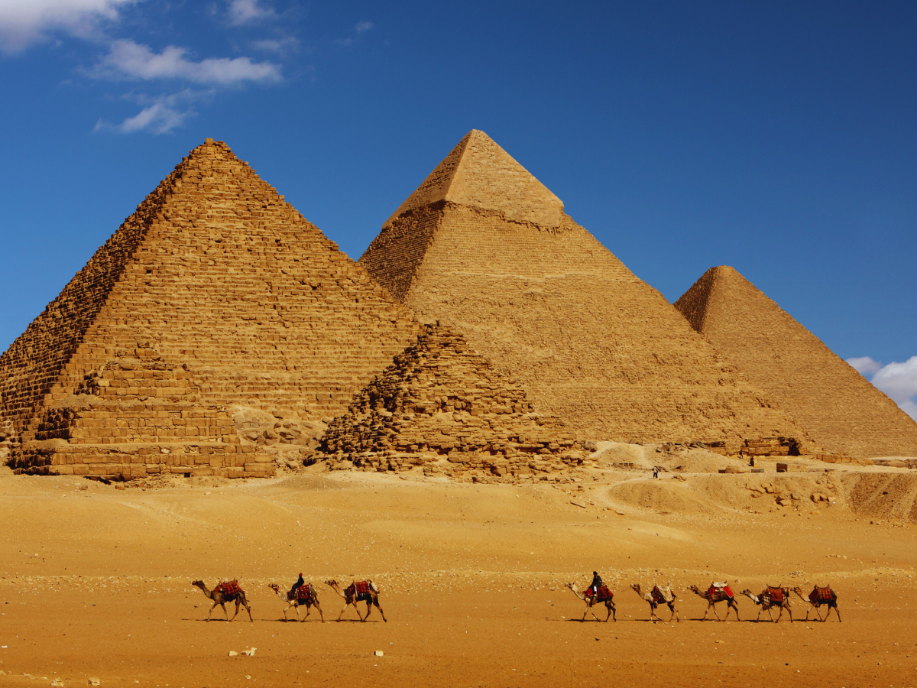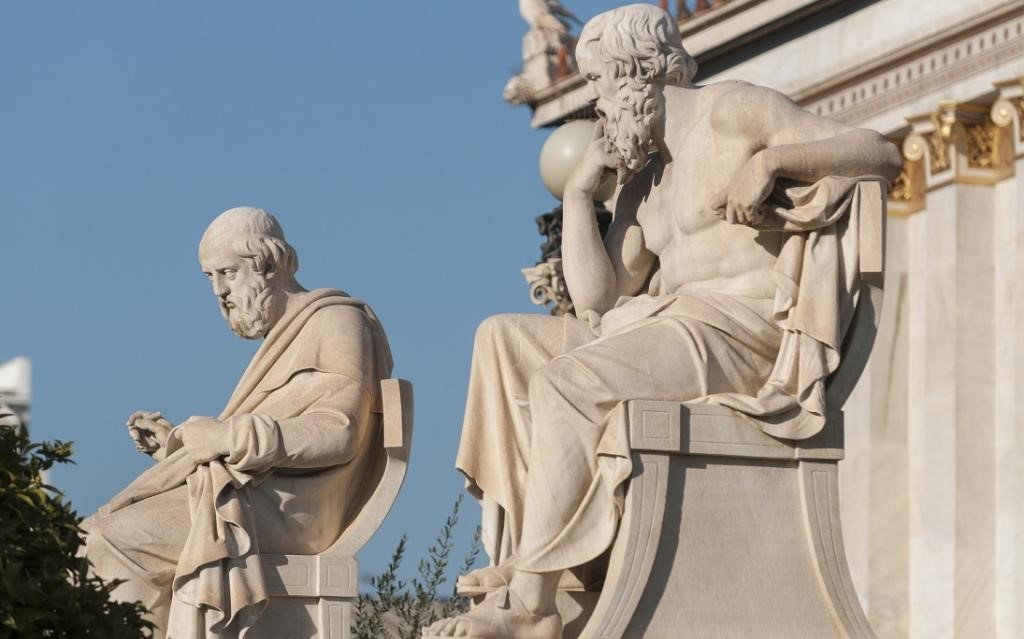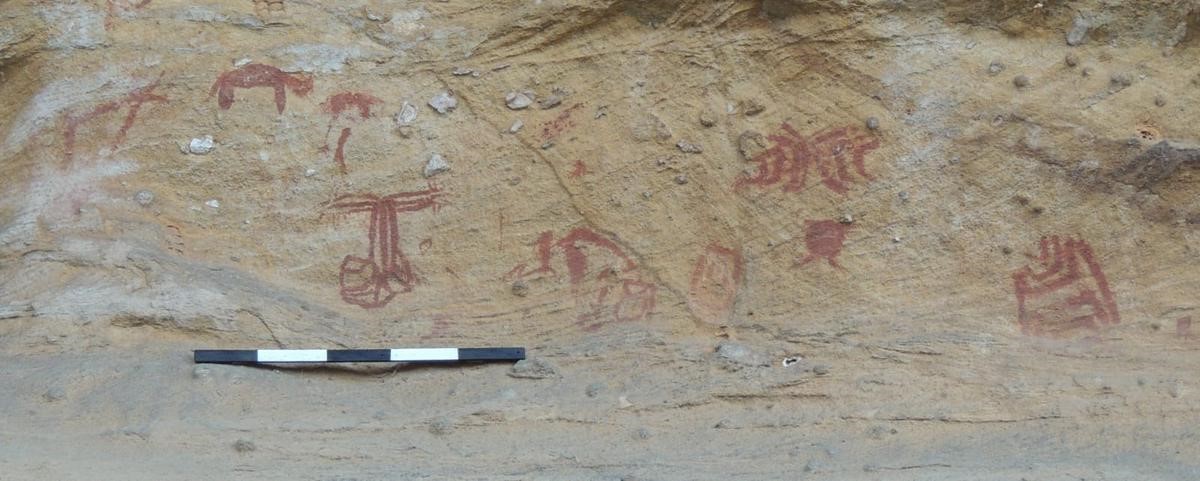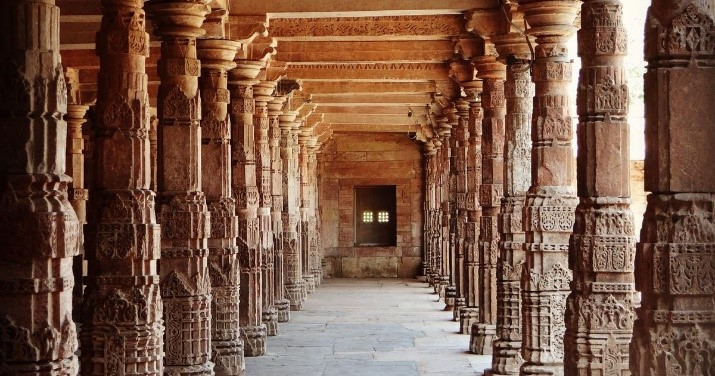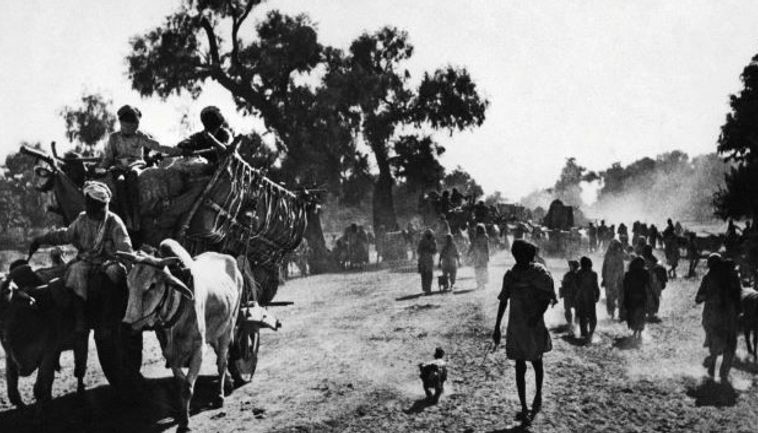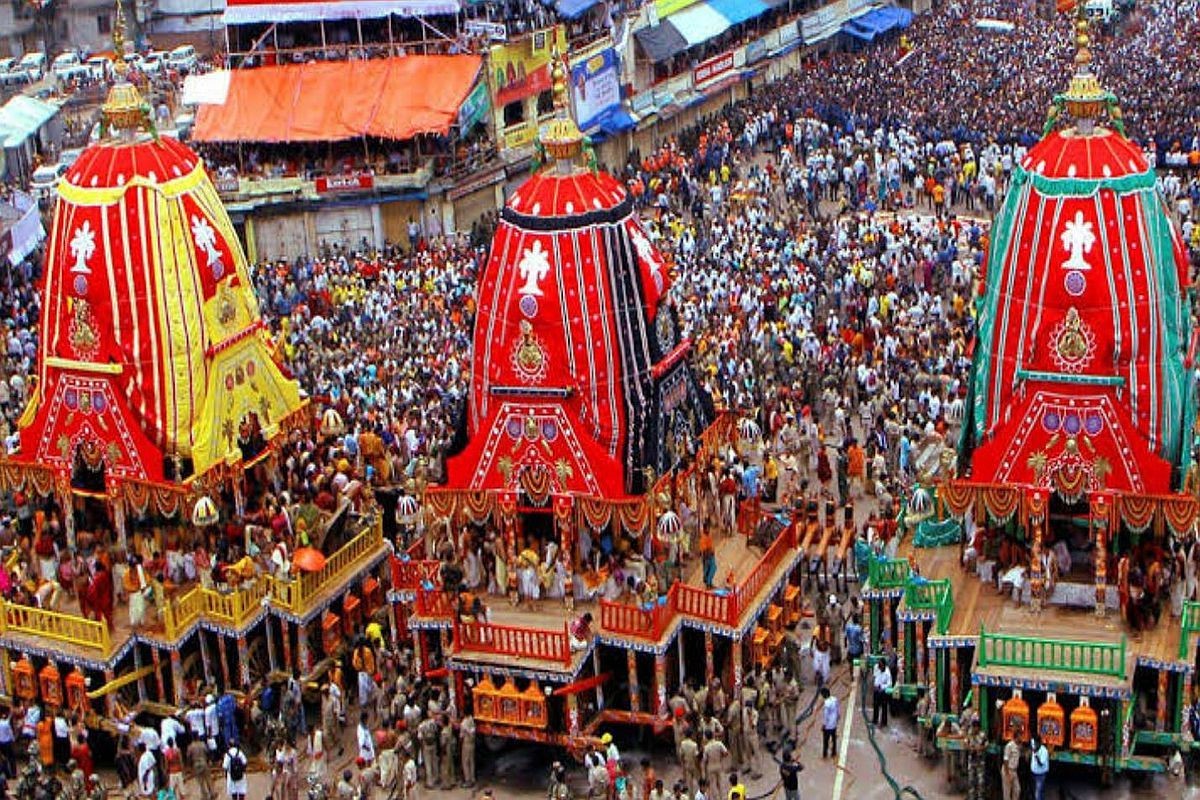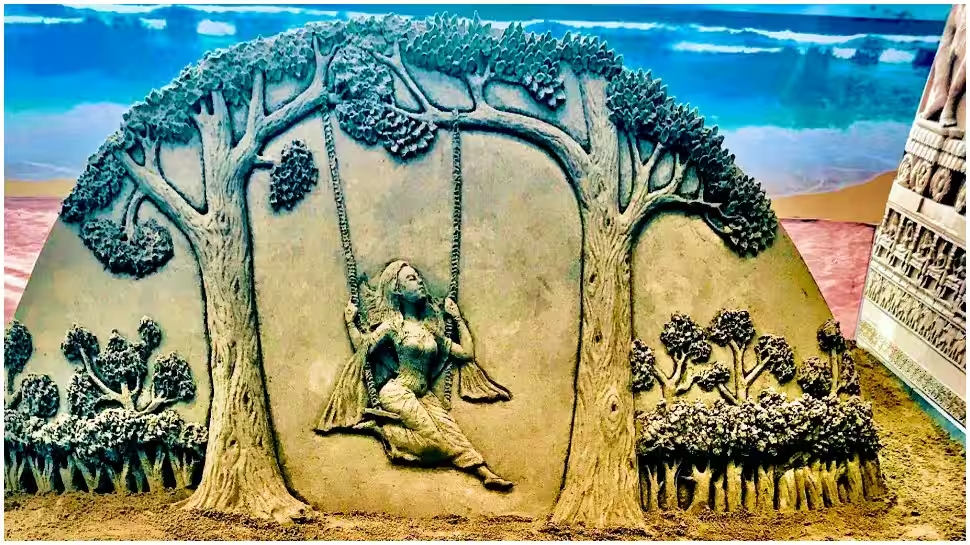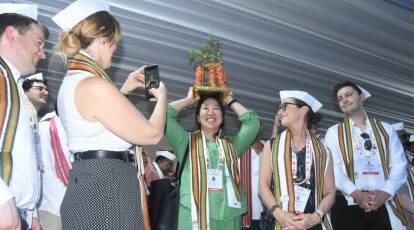Description
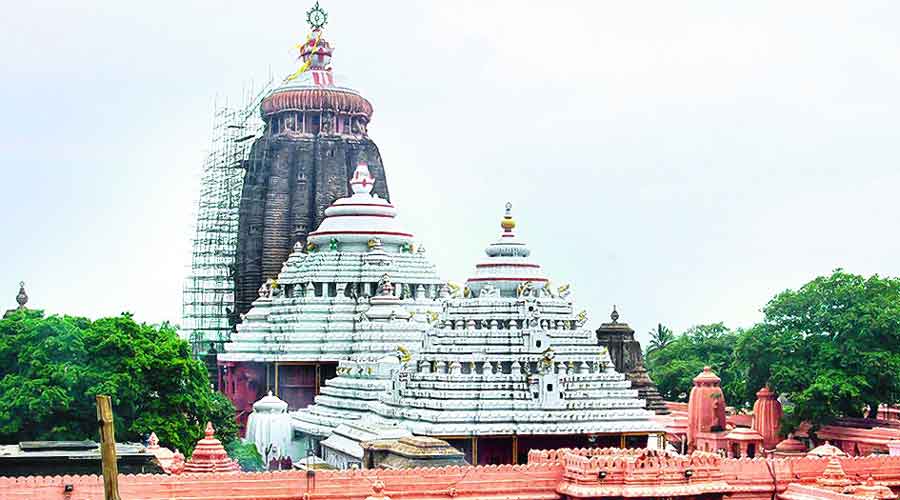
Disclaimer: Copyright infringement not intended.
Context
- The ambitious Puri heritage corridor project of the BJD-led Odisha government has landed into a controversy.
- A recent affidavit filed by the Archaeological Survey of India (ASI) in the Orissa High Court has further intensified the debate around the project.
What is the Puri Heritage Corridor Project?
- Conceived in 2016, the Puri Heritage Corridor Project was unveiled in December 2019 to transform the town into an international place of heritage.
- The project includes redeveloping major portions of the town and in the vicinity of the temple for visitors and tourists.
- The project includes Shree Jagannath Temple Administration (SJTA) building redevelopment, a 600-capacity Srimandir reception centre, Jagannath cultural centre including Raghunandan library, integrated command, and control centre, Badadanda heritage streetscape, Srimandir amenities improvement, Sri Setu, Jagannath Ballav pilgrim centre, multilevel car parking, municipal market development, Swargadwar development, Pramod Udyan, Gurukulam, Mahodadhi market, beachfront development, Puri lake, Musa river revival plan, Atharnala and housing for sevayats.
What is the controversy about?
- The 12th-century shrine is a centrally protected monument, with the ASI as its custodian.
- As per rules laid down under the Ancient Monuments and Archaeological Sites and Remains (Amendment and Validation) Act, construction activities within 100 metres around such a monument’s perimeter are restricted.
- Constructions can only be carried out with approval from the National Monuments Authority (NMA).
- NMA guidelines suggest that a heritage impact assessment study is a must for developmental work around any monument of archaeological importance with a built-up area of over 5,000 square metres. The Jagannath temple is spread over 43,301.36 sq metres.
- For the heritage project, the NMA had issued a No Objection Certificate (NOC) to the state government on September 4, 2021, for the construction of a cloakroom, a shelter pavilion, three toilets, an electrical room and a pavement within the prohibited 75-metre zone.
- The NOC issued by NMA is about the fact that the public amenities do not come under the definition of construction as per the AMASR Act and that NMA has no objection if the project is carried out under ASI’s supervision. However, no such NOC has been issued by the ASI.
- After a visit by the Director-General, ASI on February 21, 2022, to review the developmental works of the project, ASI wrote a letter to the state government on March 5, asking officials concerned to submit a revised proposal for the development of the Puri Sri mandir.
What has the ASI said?
- In its affidavit submitted in the high court on May 9, the ASI stated that the state government was undertaking the project’s construction work within the prohibited and regulated areas of the monument without valid permission.
State government respond
- In response to the ASI’s stand, Advocate General Ashok Kumar Parija told the division bench of Chief Justice S Muralidhar and Justice R K Pattanaik that a no-objection certificate (NOC) was granted to the project by the Centre’s National Monuments Authority (NMA) on September 4, 2021. He also said the state government will file its reply to the ASI’s affidavit.
- While posting the matter for the next hearing on June 22, the court asked the state government to keep in view the ASI’s observations as and when it undertakes any further project work.
https://epaper.thehindu.com/Home/ShareArticle?OrgId=G4P9RM46G.1&imageview=0
1.png)






